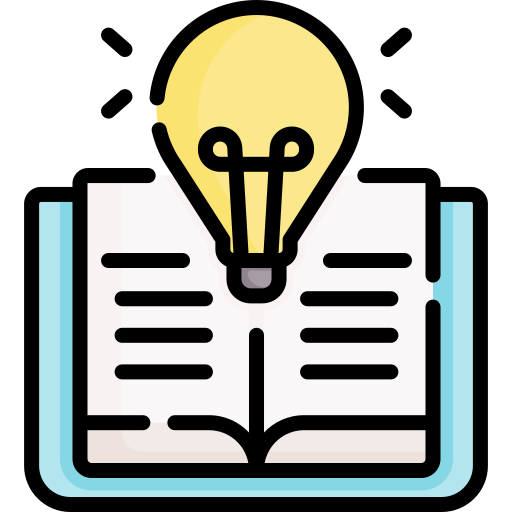Have you ever looked over at someone’s notebook in class and seen they have things beautifully color-coded using highlighters and thought, "Wow, that student must be so smart!"
Before you rush into investing in a box of Bic highlighters, consider why and how you should be using a highlighter.

Why Should I Highlight Information?
You should highlight as a first step to organizing your thoughts. Taking your time to highlight sparingly and with thought behind every highlight will lead to more of the information you are studying being retained for a later time.
This seemingly small extra step of deciding what you highlight is the difference between active learning and passive learning.

You should know that highlighting information isn't always an effective learning strategy if that is the only strategy you are using.
Studies have shown many instances where students partaking in excessively highlighting their study materials hasn't necessarily led to better results. Exclusively highlighting is a form of passive learning.

Active Learning

Active learning happens when you're engaging in a learning task using critical thinking. It means rather than just reading, watching, or listening to new information, you are also considering your thoughts and ideas.
Highlight and organize important information, and then reflect on what you learned. This can be done through discussion with other students, and teachers or by writing your own notes.
In doing so, you can more easily memorize new information and concepts, and it will be easier for you to retrieve that information in the future.
Passive Learning

Passive learning happens when you're directly receiving information, through listening to a lecture at college or by reading some study materials such as an academic paper or a chapter of a textbook.
In those instances, you may be processing some of the information in the moment. There is no requirement for you to think about what is being said. But without reflection or active engagement with the material, it's unlikely that the information will stick with you in the future.
Remember, highlighting without any thought or investigation behind it is passive learning.
Quiz
What is an example of active learning?
How Should I Highlight?
General Steps:
Start by reading through the text or passage first to get a sense of the information being provided.
If it's a challenging text with lots of new vocabulary and unfamiliar information, you may need to re-read it several times.
From there, highlight the main ideas or keywords that are relevant to the question you're trying to answer.
You don't need to highlight entire sentences. Keeping it simple will lead to better results.

Color Coding:
A trap students often get into is choosing too many different highlighters and marking up an entire page so it begins to resemble a rainbow of colors. This makes it harder for your brain to process the information and determine what information is relevant to hold onto.
To prevent this, create a simple color coding system of no more than 4 colors. Choose a color and then decide what it represents.
For example, blue could be for keywords or subject-specific words that you recognize keep appearing in texts you read on a topic. Green could be for examples in a text that you could use in your work.

Note-taking:
In the margins of the paper or a notes app, summarize the paragraphs you've read and highlighted in your own words. This will help your brain connect with prior knowledge and help the information stay in your memory.
For that reason, you should practice recall by thinking about the information you highlighted and summarized in the days after you engaged with the materials so it stays in your mind.
Digital Highlighting
 Photo by CURVD® on Unsplash
Photo by CURVD® on UnsplashWhen accessing PDFs, a popular tool for highlighting and annotating is Adobe Acrobat,which comes in free and paid versions. An alternative to Adobe’s product isPDFGear, which is available for free. Both pieces of software will allow you to highlight PDFs.
For making highlights on webpages through a browser, there are many options available such as Weava, readwme, and Web Highlights. These browser add-ons will let you make and collect highlights across any website.
Using these resources in conjunction with a note-taking app like Evernote, Notion, or the notes app on your device can help you consolidate the information you found while browsing a variety of resources.
Take Action
Your feedback matters to us.
This Byte helped me better understand the topic.

